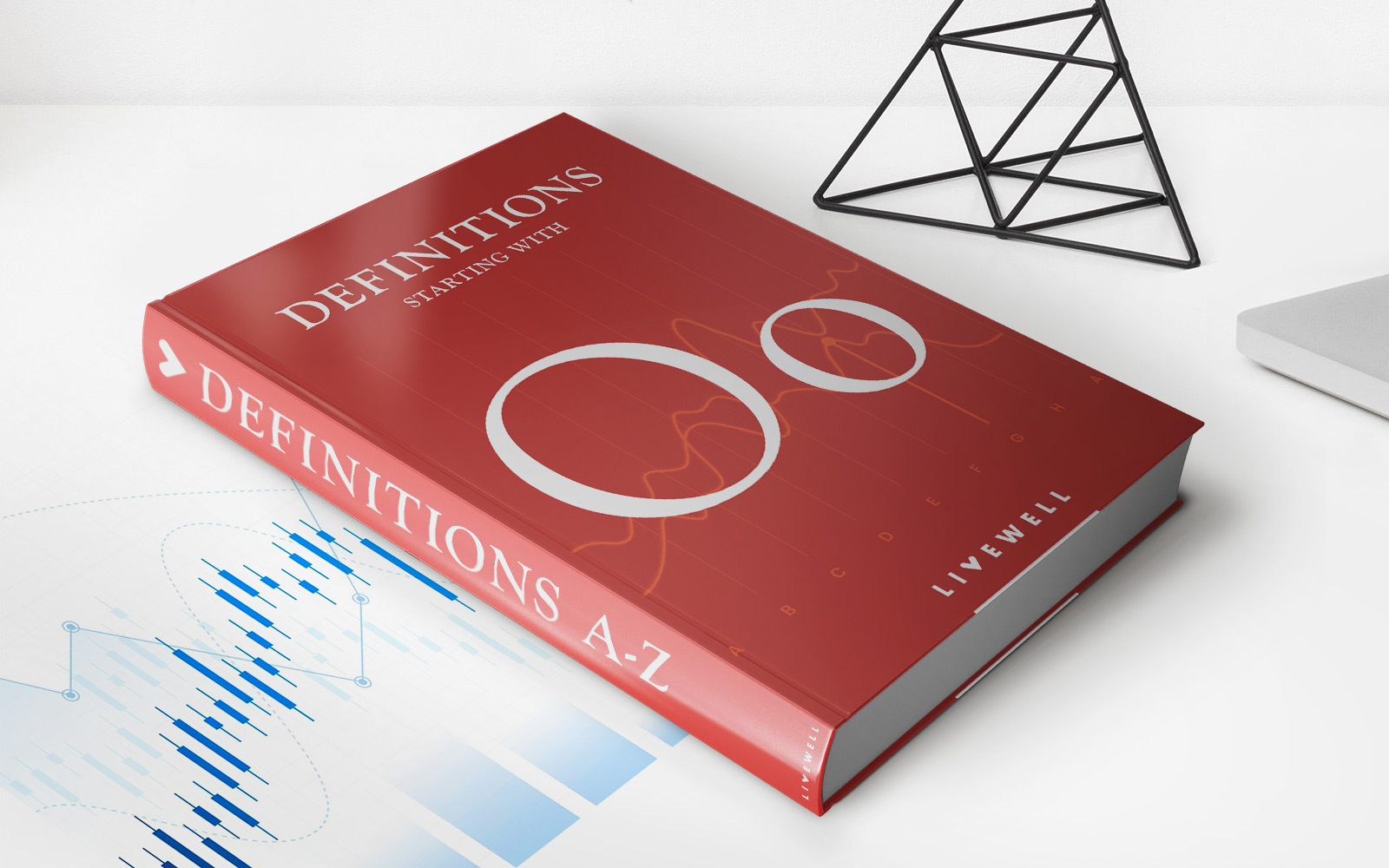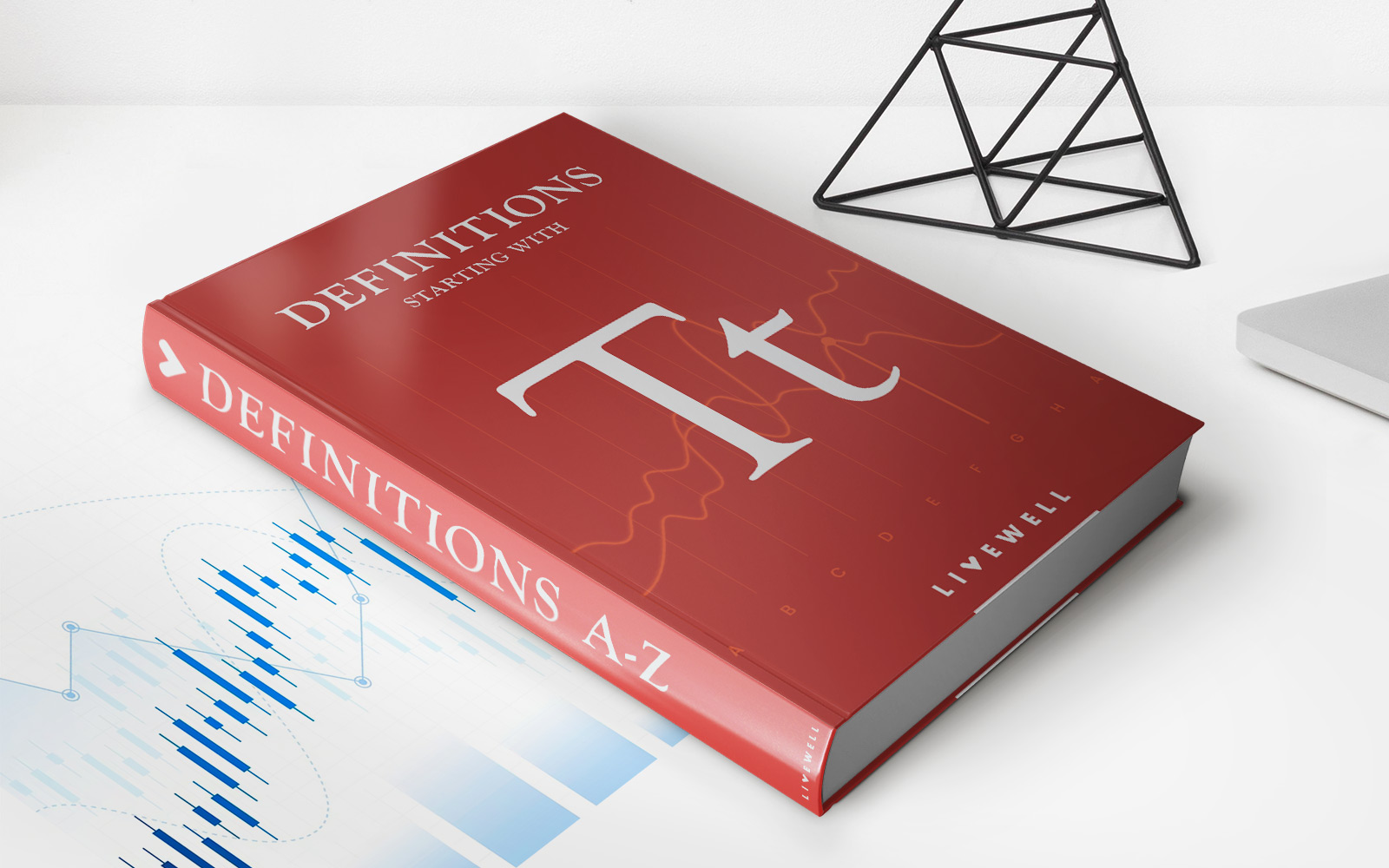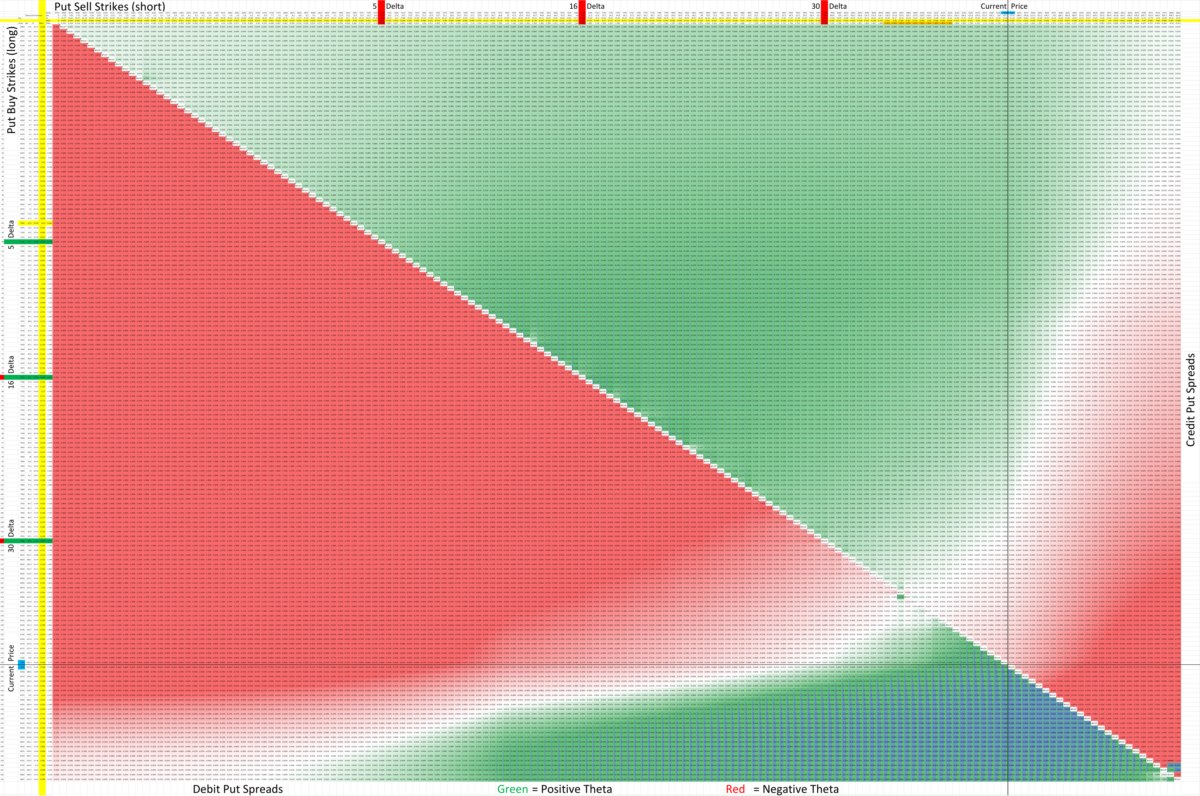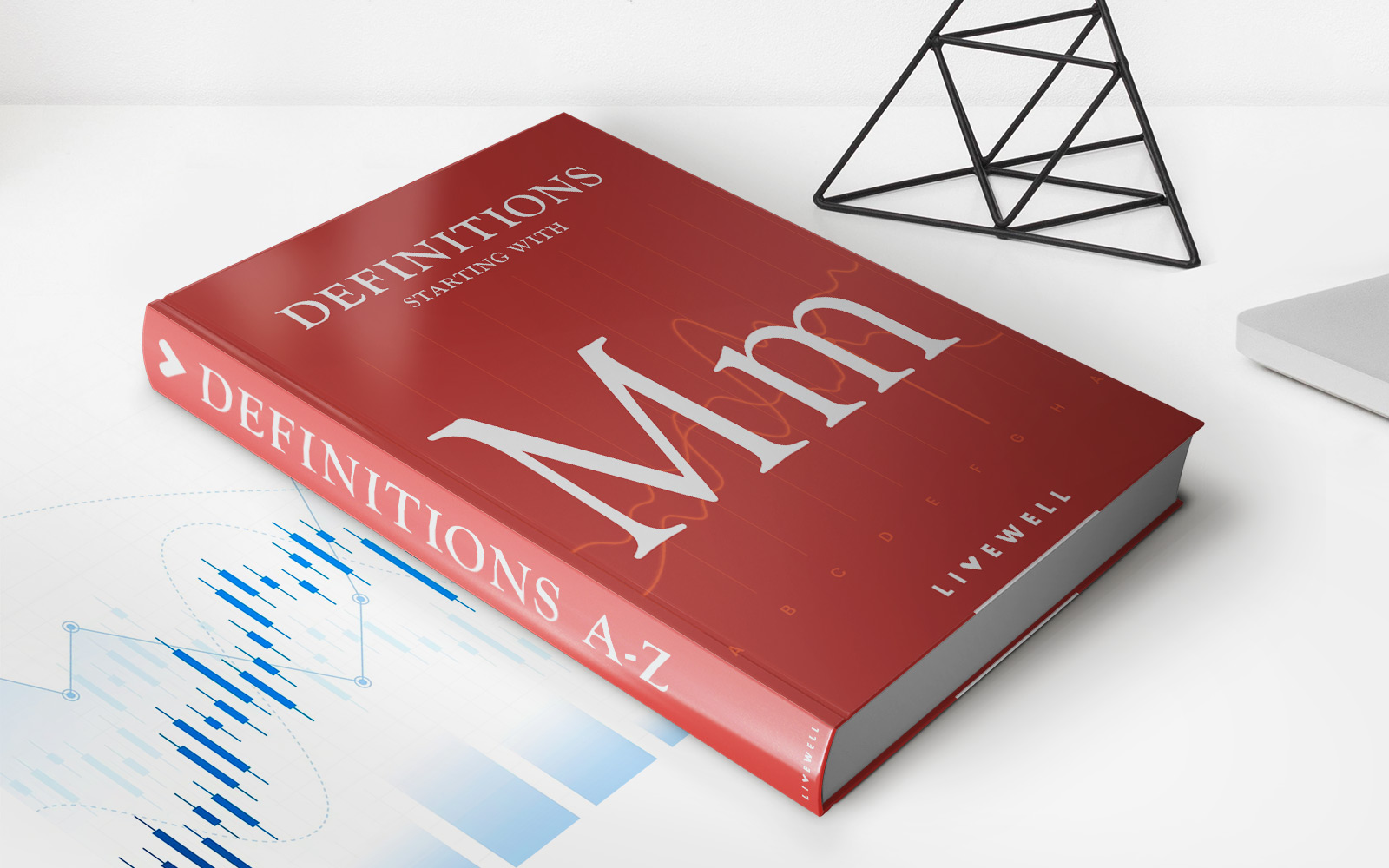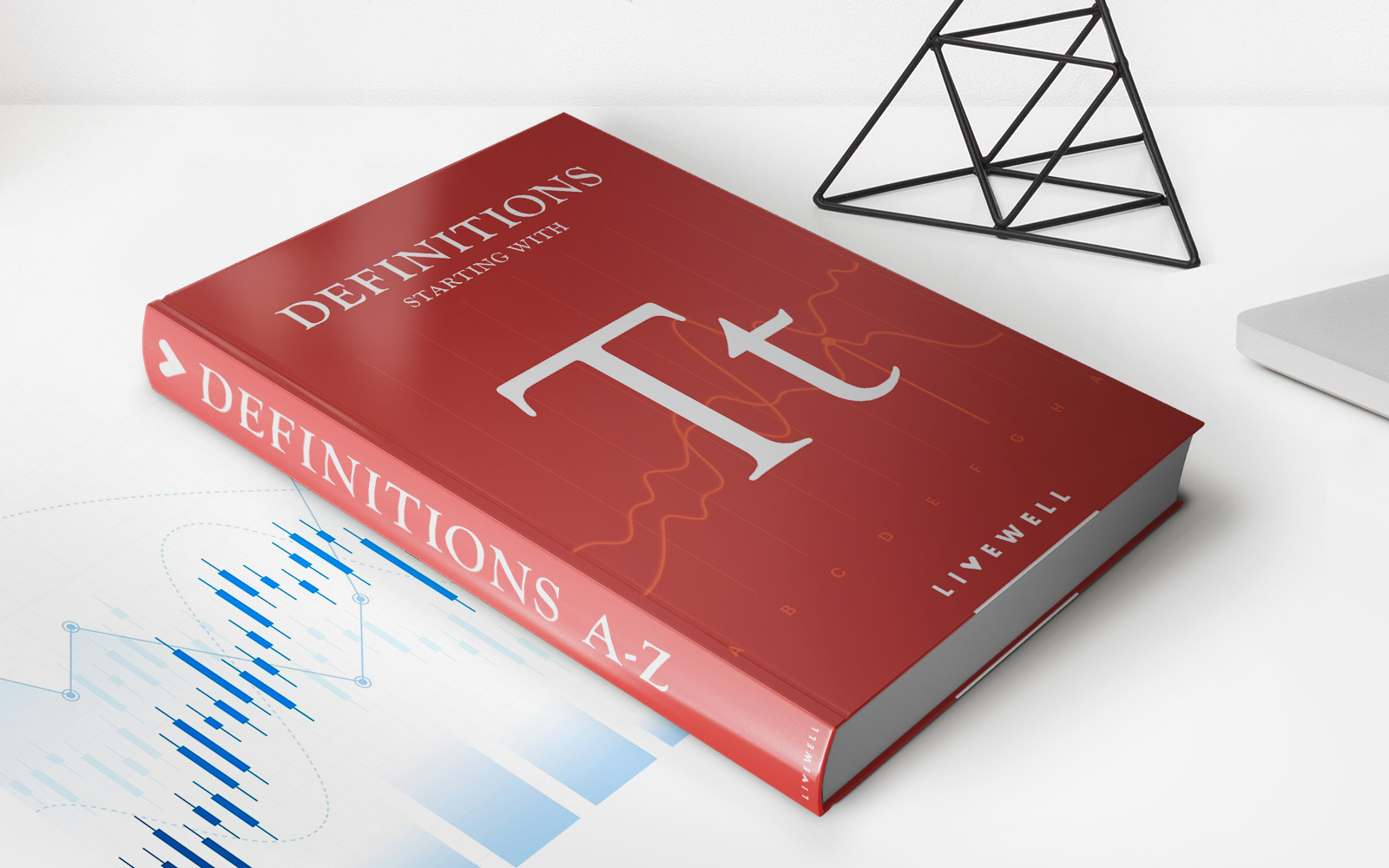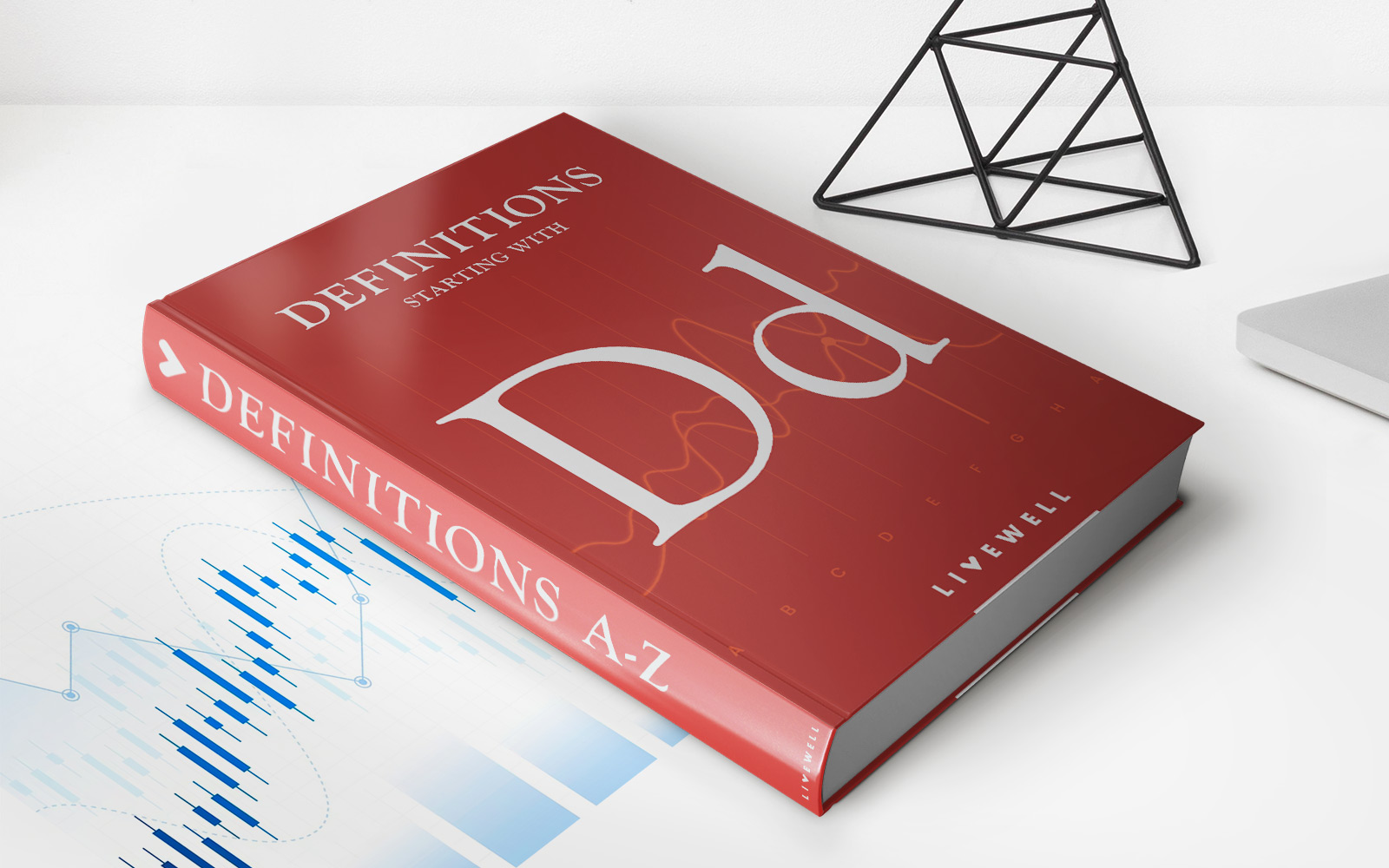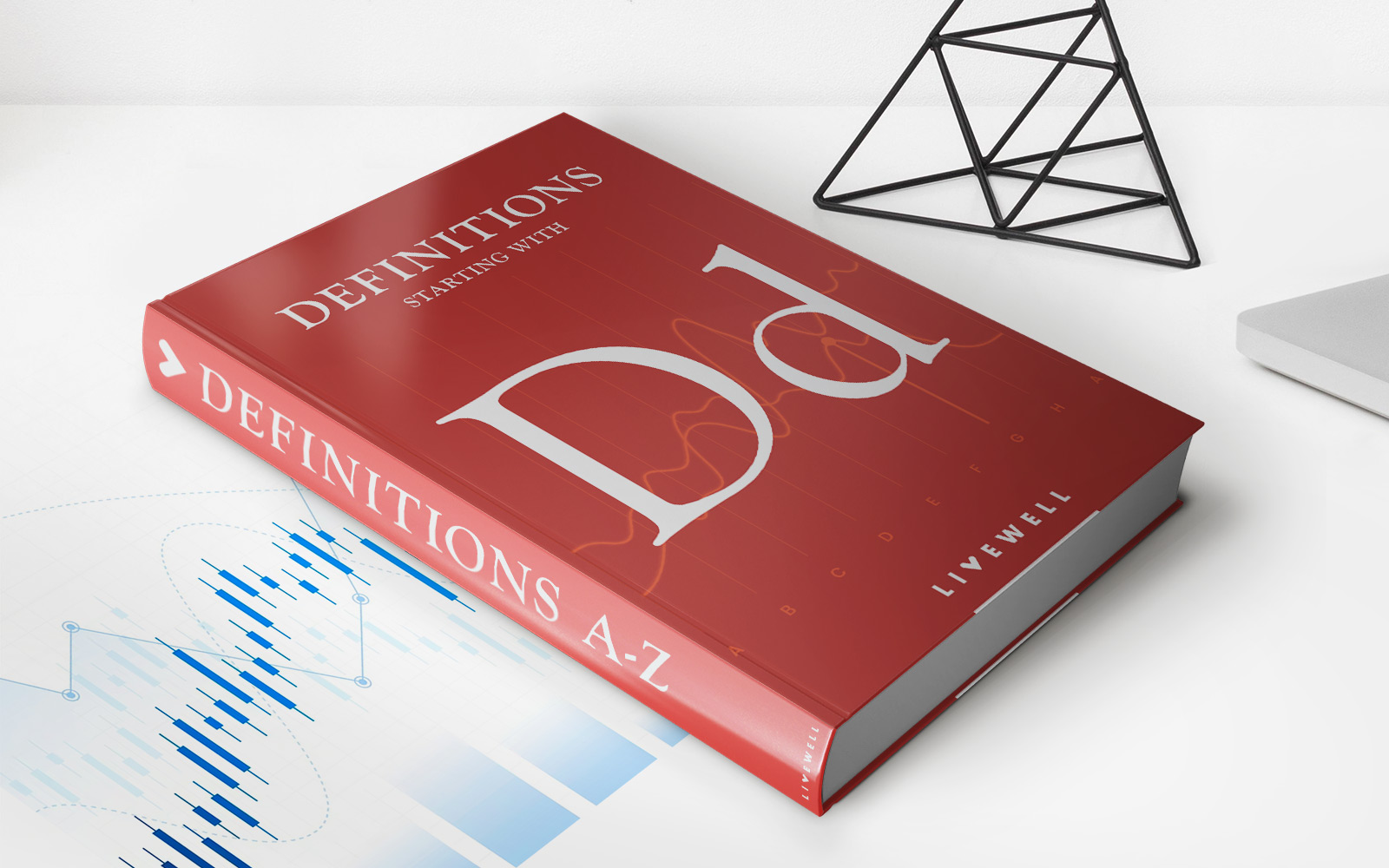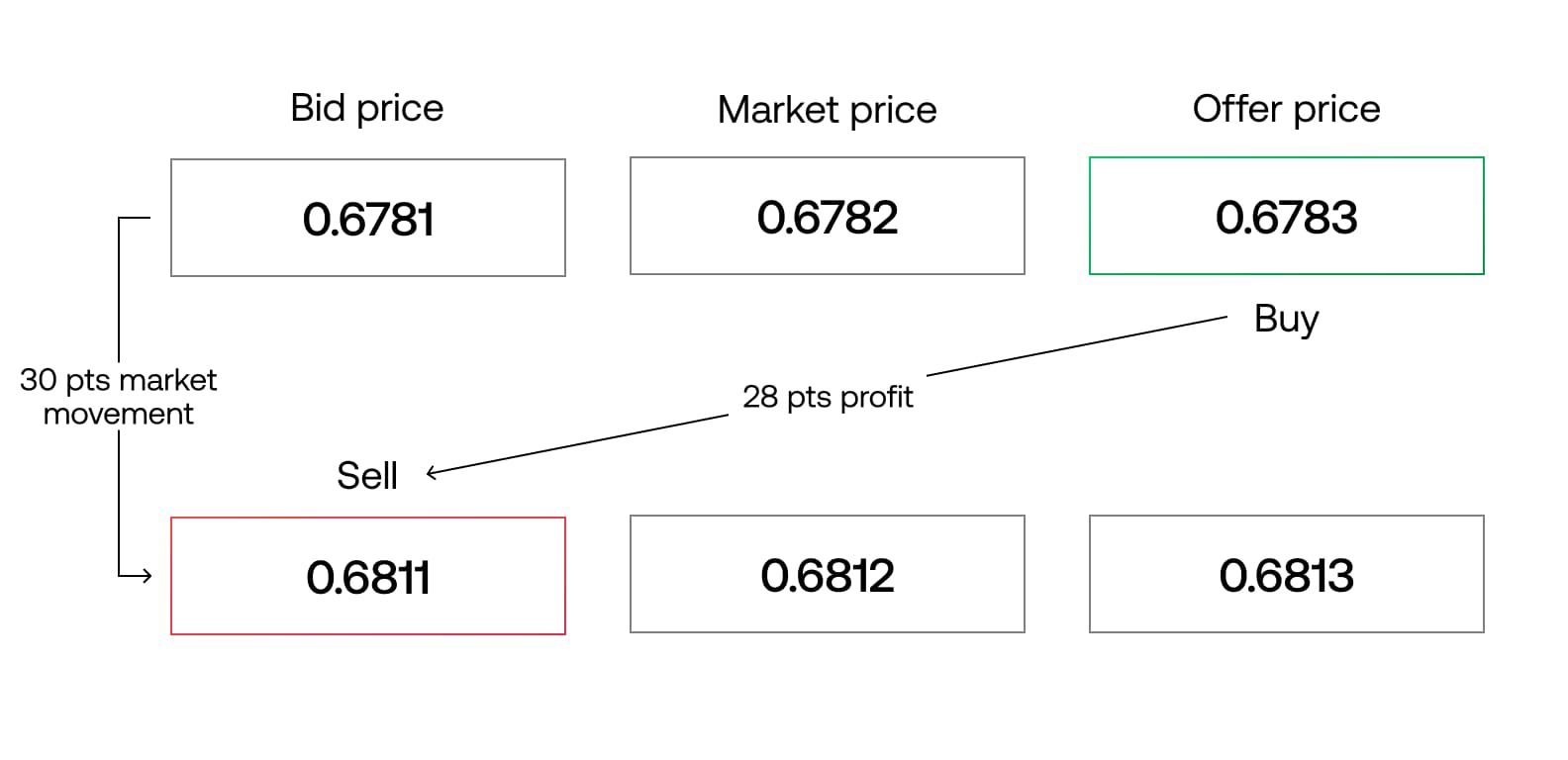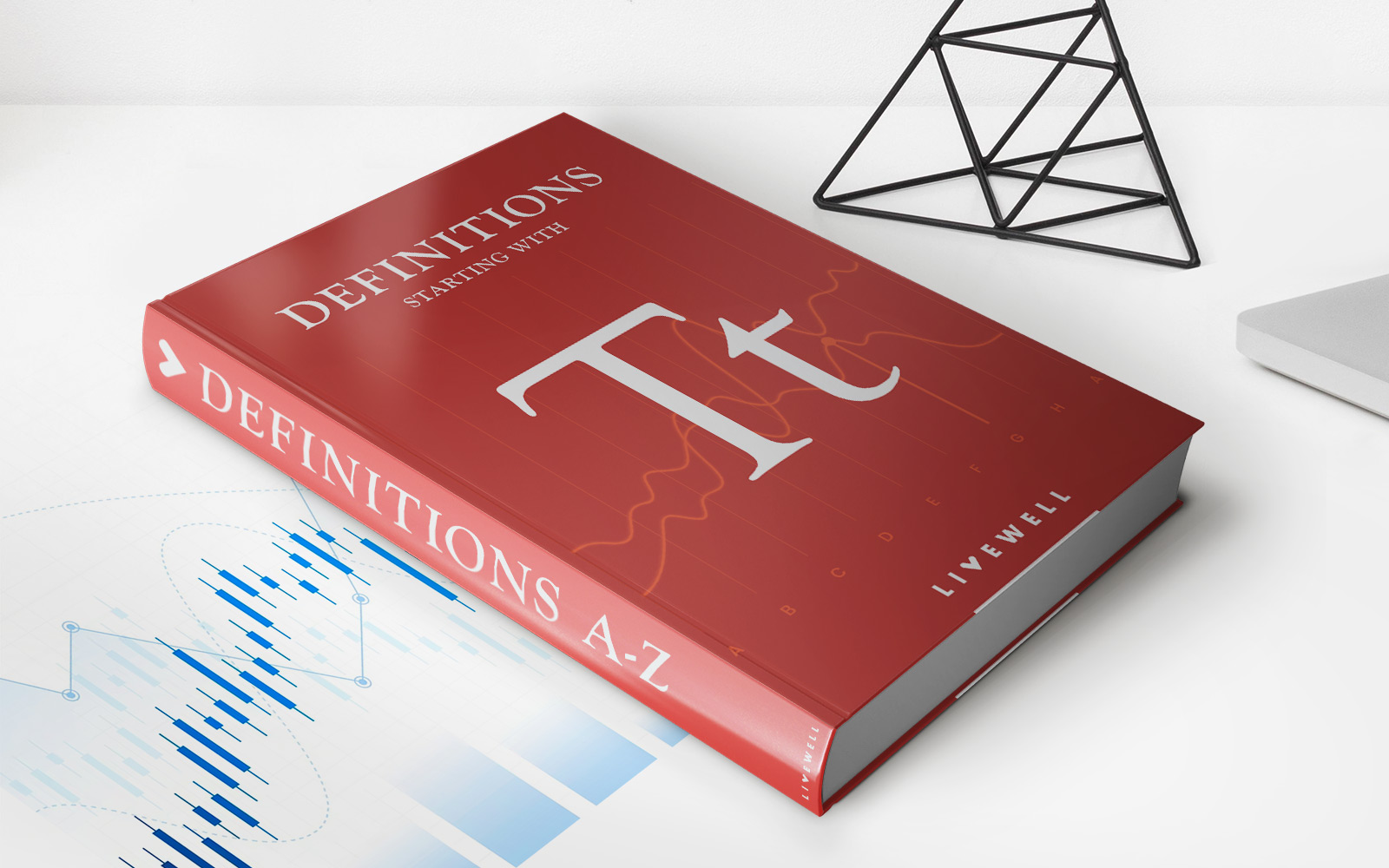Home>Finance>What Is The Market-Maker Spread? Definition, Purpose, Example
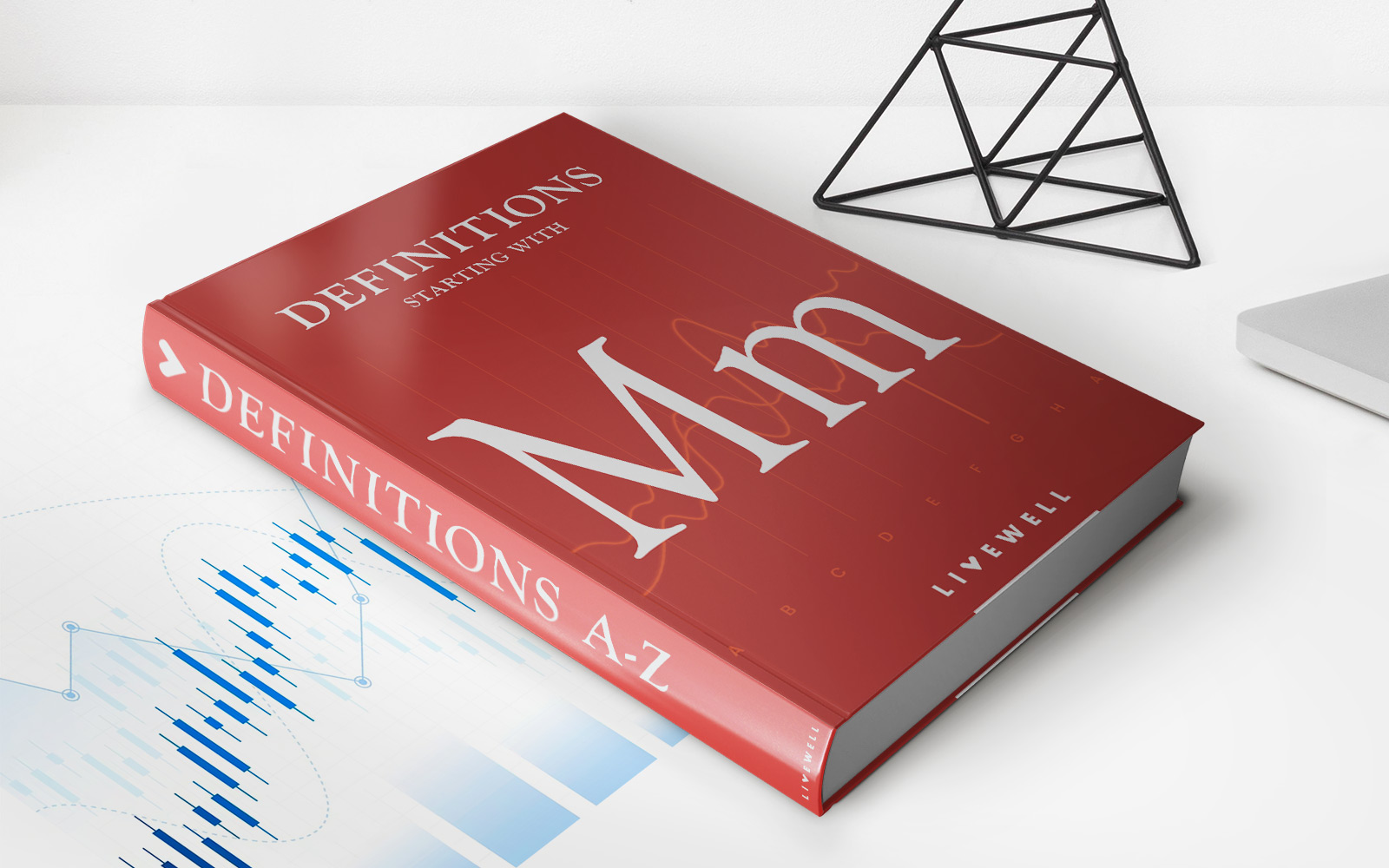

Finance
What Is The Market-Maker Spread? Definition, Purpose, Example
Published: December 23, 2023
Discover the definition and purpose of the market-maker spread in finance, along with an example. Gain a deeper understanding of this essential concept in the market.
(Many of the links in this article redirect to a specific reviewed product. Your purchase of these products through affiliate links helps to generate commission for LiveWell, at no extra cost. Learn more)
Understanding the Market-Maker Spread: Definition, Purpose, Example
When it comes to the world of finance, there are numerous terms and concepts that may seem daunting to the average person. One such concept is the market-maker spread. In this blog post, we will break down what exactly the market-maker spread is, its purpose, and provide a real-life example to help you grasp its significance in the financial markets.
Key Takeaways:
- The market-maker spread refers to the difference between the bid and ask prices for a particular security.
- Market makers play a vital role in facilitating liquidity and ensuring smooth trading in the financial markets.
So, let’s dive in and demystify the market-maker spread!
What is the Market-Maker Spread?
The market-maker spread is essentially the difference between the bid price and the ask price of a security. It is the profit margin that market makers earn for facilitating transactions in the financial markets. In simple terms, it represents the cost that market participants incur when buying or selling securities.
Market makers are financial firms or individuals who provide liquidity to the markets by buying and selling securities on a regular basis. They quote both the bid and ask prices, which represent the highest price that buyers are willing to pay and the lowest price that sellers are willing to accept, respectively. The market-maker spread is the gap between these two prices.
The purpose of the market-maker spread is to compensate market makers for the risk they undertake and the services they provide. By offering competitive bid and ask prices, market makers encourage trading activity and ensure that buyers and sellers can transact at any given time. This helps to maintain market efficiency and stability.
An Example of the Market-Maker Spread
Let’s consider an example to better illustrate how the market-maker spread works:
Imagine you are an investor looking to buy shares of Company X. The current bid price, quoted by the market maker, is $10, while the ask price is $10.05. In this scenario, the market-maker spread is $0.05, which represents the profit that the market maker stands to earn if you decide to buy the shares at the ask price.
If you decide to go ahead with the purchase, you would buy the shares at $10.05, with the market maker pocketing the $0.05 as compensation for facilitating the transaction. On the other hand, if you are a seller, you would receive $10 when selling your shares, with the market maker keeping the $0.05 difference as their profit.
By understanding this example, you can see how the market-maker spread influences the actual transaction prices and affects the overall trading environment.
Conclusion
The market-maker spread is an essential concept in the financial markets as it represents the profit margin that market makers earn for facilitating transactions. Market makers play a vital role in providing liquidity and ensuring that securities can be bought and sold at any given time. By quoting competitive bid and ask prices, market makers contribute to maintaining an efficient and stable trading environment.
Next time you participate in the financial markets, keep in mind the significance of the market-maker spread and how it impacts your buying and selling decisions. It’s simply a small yet crucial piece of the puzzle that keeps the wheels of the financial markets turning!
